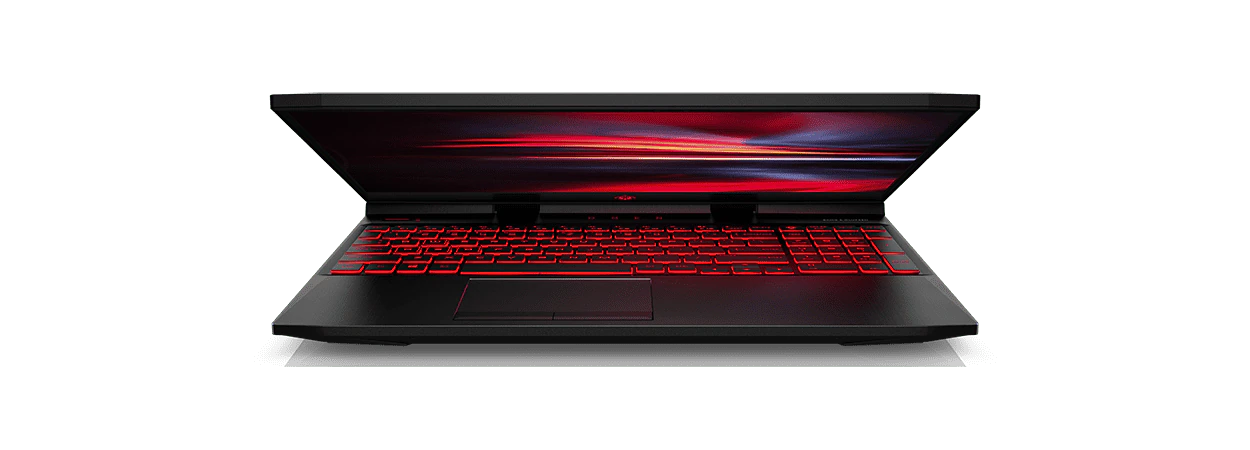Thank you for visiting the HONG KONG HP Store
-
Contact Us
CONTACT USChat with us
- Our specialist are here to help
- Live chat
- Sales
- 85264507529(WhatsApp)
-

- Post Sales
- 85230016720(WhatsApp)
Mon-Fri 8.30am - 5.30pm
(exc. Public Holidays)
Live product demo
Store finder Locate our storesSubmit feedback We value your opinion! - Location
- My Account
How to Unlock a Hard Drive


If you’ve experienced a blue screen with a message from Windows that your hard drive is locked, it can be a bit unnerving. Will your data be OK? Is there an easy fix?
Before you panic, follow these quick tips for what to do next.
What it means
Before you get started, it helps to know what “hard drive locked” error messages mean. While it doesn’t happen often, it can be a serious headache.

Also known as the “blue screen of death,” this can happen at any time during a Windows computer session, and you’ll be prompted to unlock the drive and try again when logging in. Several issues cause this, including malware corruption or hardware failure.
All is not usually lost, however, if you act quickly.
You’ll need Windows installation files on a previously created DVD or USB stick to do the following steps. If you don’t have a boot disk, visit the Windows website for your version of the OS to get help.
Step 1: Run a disk check

Install the boot disk or USB drive, and power the computer on.
In most cases, you’ll see a message flash across the bottom of the screen to press F12 or F8 to access the boot menu. Do this, and wait for it to load.
- Choose “repair your computer”
- Then “advanced startup options”
- Then “troubleshoot”
- Then “advanced options”
- And finally “command prompt”
- An MS-DOS screen (black box) should pop-up
- Type “chkdsk D: /f /x /r” and hit “enter”
The operation will run for a few seconds. When it is finished, simply type “exit” then hit enter. You can now reboot the computer.
If you still get the locked hard drive message, move on to step two.
Step 2: Run a system file check

Boot the computer from the disk or USB as you did in step one. Move through the steps to the MS-DOS screen again.
- In the command prompt screen, type “sfc /scannow” and wait for the process to run
- Type “exit” and enter to get out of DOS
Reboot the computer. If it is still locked, try step three.
Step 3: Complete a startup repair
You may have corruption in your boot files, so use these steps to reconcile them.
Boot from your disk or USB as you did before, then enter the following prompts into your MS-DOS window to run through the repair sequence:
- Type "bootrec /RebuildBcd” and press enter. Wait for the process to run.
- Type "bootrec /fixMbr" and press enter. Again, wait for it to run before moving on to the next step.
- Type "bootrec /fixboot" and press enter. After this runs, type “exit” and enter to leave the screen. Reboot your computer.
If you are still having issues, move on to step four.
Step 4: Try a system restore
If the hard drive locked very recently (within the past few weeks), a system restore may solve your problems.
System restore differs from a refresh in that it keeps almost all of your non-Windows files, drivers, and software. However, it will return to a previously known “good state” of your choosing for Windows-issued products and services.
To initiate this solution:
- Boot from the disk or USB
- Select “repair your computer”
- Select the “restore” option, choosing the earliest date from the list or the last known date that your computer was working properly
- Allow the wizard to run
- Restart the computer and see if you can boot normally again
If not, you will want to move on to step five.
Step 5: Refresh your PC
This process may be your last opportunity before moving on to outside help. Refreshing your computer should not harm or erase files.
After booting from your disk or USB:
- Click on “repair your computer”
- Then “troubleshoot”
- Then “refresh your PC”
The wizard will walk you through the steps needed to complete the process.
This can take several minutes. When it’s finished, you’ll be prompted to reboot your computer and see if the refresh worked. If it worked properly, you’ll notice that some settings changed and programs have been removed.
To continue using a computer after a system refresh, you may find that you need to reset your user settings and firewall preferences, as well as reinstall some third-party programs.
When the refresh is performed, Windows will create a list of the programs it removed for you to refer to. It’s up to you to track down the individual sites or stores to download or install these apps again.
Also, some drivers (such as those for printers, accessories, or routers) may be removed. And you may also be prompted to install Windows updates because these can sometimes disappear after a refresh.
Is it a hardware issue?
If all the above steps have failed, you may have a hardware problem. Unfortunately, a severely damaged hard drive cannot usually be fixed, and your data will need to be transferred to a new hard drive like a solid state drive.
Most computer professionals are trained on how to get your data off your PC, if necessary, but it’s recommended that you keep a backup either on a second storage device, such as an external hard drive or in cloud storage, for situations such as these.
What to do next
Once you have managed to unlock your hard drive, act immediately to restore and back up your files.
Locked hard drives can occur due to simple software or formatting issues. However, if you have physical damage to your drive - a common reason for the “blue screen of death” - it may work for a very brief time before crashing permanently.
You’ll want to make a copy of those files right away. Depending on the age of your drive, you may want to replace it right away as well.
Computer users with two hard drives installed have an easy solution. Just run the second, undamaged drive in administrator mode and move files from the first drive to the second.
You should also be proactive in making sure you’re protected against future locked hard drive errors by practicing regular maintenance on your PC.
Restarting your computer in “safe mode” will allow you to do some of the maintenance tasks. It’s also the perfect time to make sure your malware and antivirus protection is up-to-date so you can run a deep scan of your drives and files.
How to prevent a locked hard drive
Unfortunately, there are many reasons why the blue screen of death happens. Sometimes, it’s just a matter of hard drive age and wear.
The average consumer hard-drive product has a warranty between two and five years, so don’t expect it to last much longer than that. And if your office area is especially hot or dusty, it may not even last that long.
Again, maintenance is recommended. Your typical maintenance tasks should include:

- Running disk defrag
- Cleaning up temporary and duplicate files
- Keeping antivirus and firewall software up-to-date and regularly running scans for malware and other corruptors
- Allowing Windows to install updates, as needed
- Using secure networks
- Keeping your computer dust-free and in a cool environment
- Responding to warnings promptly (don’t wait until the blue screen of death, if possible)
In other words, if your computer is older, displaying signs of failure, or frequently freezes or gives error messages, don’t wait until the hard drive locks to take action. Start backing up your data now, and use best practices to ensure your precious files are safe for when the inevitable happens.
Hard drives don’t last forever. While these fixes can keep your computer going for a good long time, there’s no substitute for keeping your data secure in a second location.
- Our specialist are here to help
- Live chat
- Sales
- 85264507529(WhatsApp)
-

- Post Sales
- 85230016720(WhatsApp)
Mon-Fri 8.30am - 5.30pm
(exc. Public Holidays)
Live product demo








